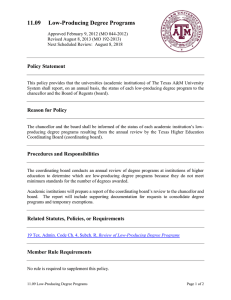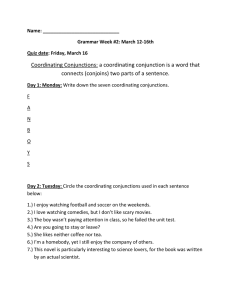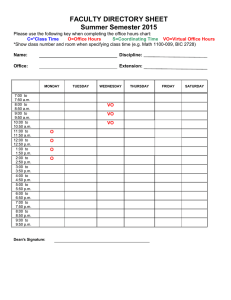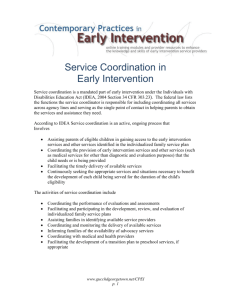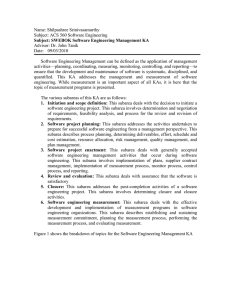Critical Thinking (A3)
advertisement
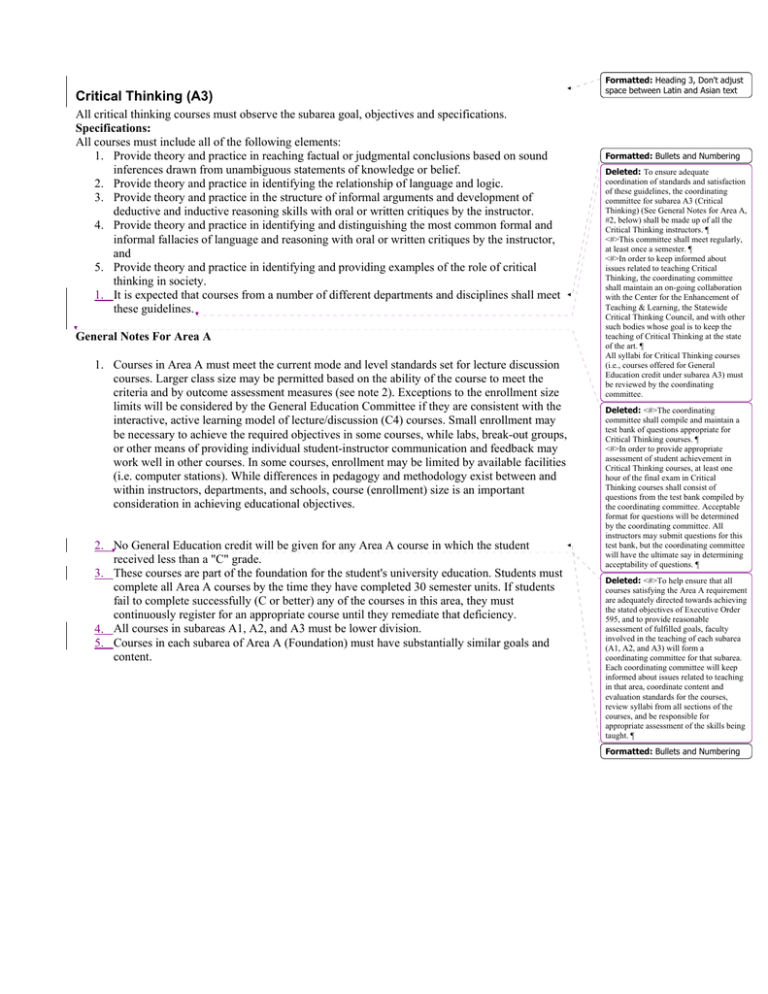
Critical Thinking (A3) All critical thinking courses must observe the subarea goal, objectives and specifications. Specifications: All courses must include all of the following elements: 1. Provide theory and practice in reaching factual or judgmental conclusions based on sound inferences drawn from unambiguous statements of knowledge or belief. 2. Provide theory and practice in identifying the relationship of language and logic. 3. Provide theory and practice in the structure of informal arguments and development of deductive and inductive reasoning skills with oral or written critiques by the instructor. 4. Provide theory and practice in identifying and distinguishing the most common formal and informal fallacies of language and reasoning with oral or written critiques by the instructor, and 5. Provide theory and practice in identifying and providing examples of the role of critical thinking in society. 1. It is expected that courses from a number of different departments and disciplines shall meet these guidelines. General Notes For Area A 1. Courses in Area A must meet the current mode and level standards set for lecture discussion courses. Larger class size may be permitted based on the ability of the course to meet the criteria and by outcome assessment measures (see note 2). Exceptions to the enrollment size limits will be considered by the General Education Committee if they are consistent with the interactive, active learning model of lecture/discussion (C4) courses. Small enrollment may be necessary to achieve the required objectives in some courses, while labs, break-out groups, or other means of providing individual student-instructor communication and feedback may work well in other courses. In some courses, enrollment may be limited by available facilities (i.e. computer stations). While differences in pedagogy and methodology exist between and within instructors, departments, and schools, course (enrollment) size is an important consideration in achieving educational objectives. 2. No General Education credit will be given for any Area A course in which the student received less than a "C" grade. 3. These courses are part of the foundation for the student's university education. Students must complete all Area A courses by the time they have completed 30 semester units. If students fail to complete successfully (C or better) any of the courses in this area, they must continuously register for an appropriate course until they remediate that deficiency. 4. All courses in subareas A1, A2, and A3 must be lower division. 5. Courses in each subarea of Area A (Foundation) must have substantially similar goals and content. Formatted: Heading 3, Don't adjust space between Latin and Asian text Formatted: Bullets and Numbering Deleted: To ensure adequate coordination of standards and satisfaction of these guidelines, the coordinating committee for subarea A3 (Critical Thinking) (See General Notes for Area A, #2, below) shall be made up of all the Critical Thinking instructors. ¶ <#>This committee shall meet regularly, at least once a semester. ¶ <#>In order to keep informed about issues related to teaching Critical Thinking, the coordinating committee shall maintain an on-going collaboration with the Center for the Enhancement of Teaching & Learning, the Statewide Critical Thinking Council, and with other such bodies whose goal is to keep the teaching of Critical Thinking at the state of the art. ¶ All syllabi for Critical Thinking courses (i.e., courses offered for General Education credit under subarea A3) must be reviewed by the coordinating committee. Deleted: <#>The coordinating committee shall compile and maintain a test bank of questions appropriate for Critical Thinking courses. ¶ <#>In order to provide appropriate assessment of student achievement in Critical Thinking courses, at least one hour of the final exam in Critical Thinking courses shall consist of questions from the test bank compiled by the coordinating committee. Acceptable format for questions will be determined by the coordinating committee. All instructors may submit questions for this test bank, but the coordinating committee will have the ultimate say in determining acceptability of questions. ¶ Deleted: <#>To help ensure that all courses satisfying the Area A requirement are adequately directed towards achieving the stated objectives of Executive Order 595, and to provide reasonable assessment of fulfilled goals, faculty involved in the teaching of each subarea (A1, A2, and A3) will form a coordinating committee for that subarea. Each coordinating committee will keep informed about issues related to teaching in that area, coordinate content and evaluation standards for the courses, review syllabi from all sections of the courses, and be responsible for appropriate assessment of the skills being taught. ¶ Formatted: Bullets and Numbering
